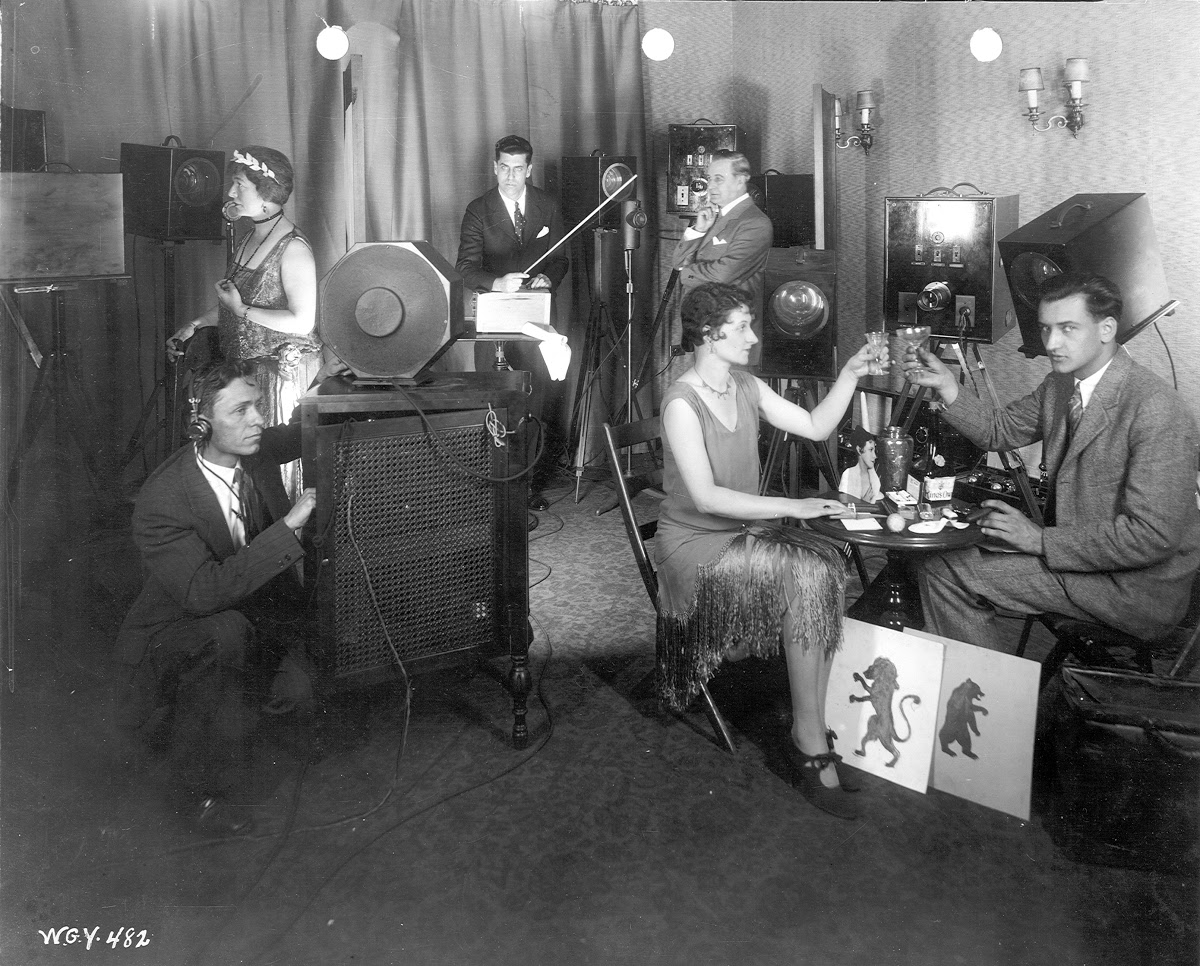
- Television
‘The Queen’s Messenger’: How TV Shows Were Born
Over 92 ago on September 11th, 1928 The Queen’s Messenger was the first television drama aired over an experimental television system on General Electric’s station W2XAD in Schenectady, New York. Radio station WGY that owned W2XAD broadcasted audio of the production. Viewers as far as Los Angeles reportedly picked up the broadcast. GE devised The Queen’s Messenger was a silent melodrama written by Irish playwright J. Hartley Manners. It was about a British diplomat’s romantic encounter with a mysterious Russian woman who was a spy and was secretly trying to obtain confidential papers the diplomat was carrying in his dispatch case for the queen after a masked ball in Berlin. The old spy drama was selected because it had just two actors and they could alternately select the three television cameras between them and the scene props.
Although it was not a great work of art, what it would lead to, was very intriguing. When the voice of Leslie Wilkins, from the General Electric testing department, was heard from the loudspeakers of the television sets for the first time, he said, “I understand there is an audience in the receiving room now,” and from the alcove where he was broadcasting from, he said, “so now we will start” and with that started the magic of the first television series. There were more technicians involved on the show than there were cast members. Two cameras focused on the faces of the actors and the third was used to capture the props and other images. Two assistant actors were used for close-ups of hands in front of the third camera.
Director Mortimer Stewart placed himself between the two television cameras that focused upon Isetta Jewell, the lead actress, and Maurice Randall, the lead actor. A television receiver was in front of Stewart where he could at all times see the images that went out over the transmitter. With the help of a small control box, he was able to control the output of pictures, cutting in one or another of the cameras and fading the image in and out. He also employed special effects, such as syncing spoken audio with a separate radio receiver that was placed underneath the television receiver. Television sets in those days were only three inches in diameter that were set up in various places all around the city. There were special effect props for this broadcast to enhance the actor’s performance and their sounds. With all its technical weaknesses, The Queen’s Messenger marked the first step toward modern dramatic programs.
The lead actress, Izetta Jewell, was also a politician advocating for women’s rights and subsequently became a leader of the National Women’s Party, which sought equal rights and equal opportunities for women. She also helped found Actor’s Equity. From early 1913, Jewell was active in the women’s rights movement. The hard work of National Woman’s Party members including Alice Paul and Izetta Jewel paid off. In 1918, women in New York State voted for the first time during the midpoint of President Woodrow Wilson’s second term in office. Republicans gained a two-seat lead in the United States Senate. One thing is certain about Jewel – she was always up to something. In 1948, she became a regular commentator on a San Diego radio station. She was extremely fond of swimming in the ocean off La Jolla until past her 85th birthday. Izetta passed away at the Torrey Pines Convalescent Center, where she lived since 1972. She was 94 years old.
Had it not been for iconic men and women alike, inventor Charles Francis Jenkins, television pioneer E. F. W. Alexanderson, and Izetta Jewell we would not be fortunate to have television programming like we have today, something that we take for granted.